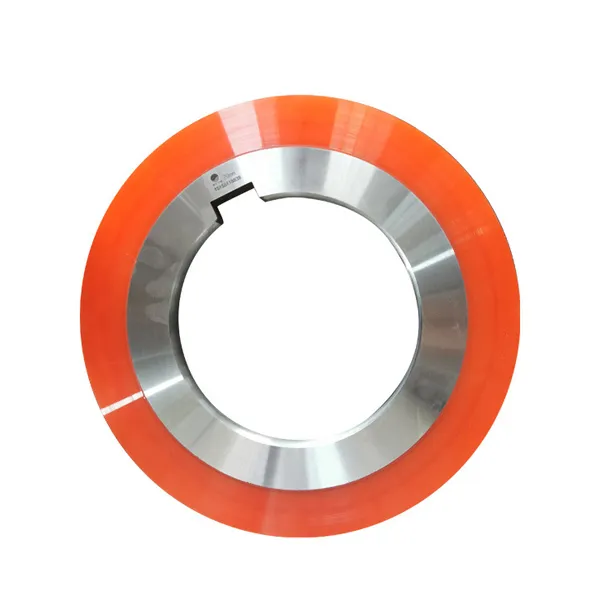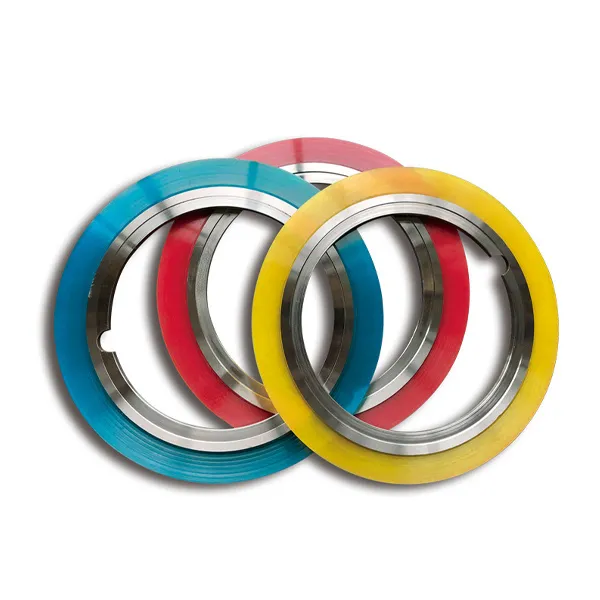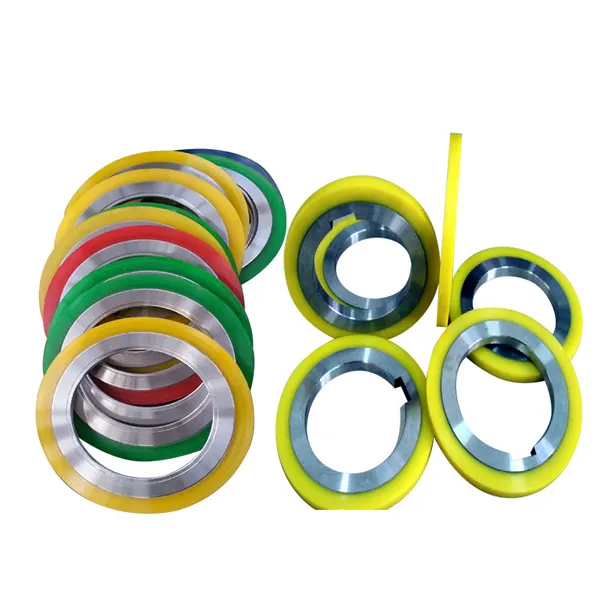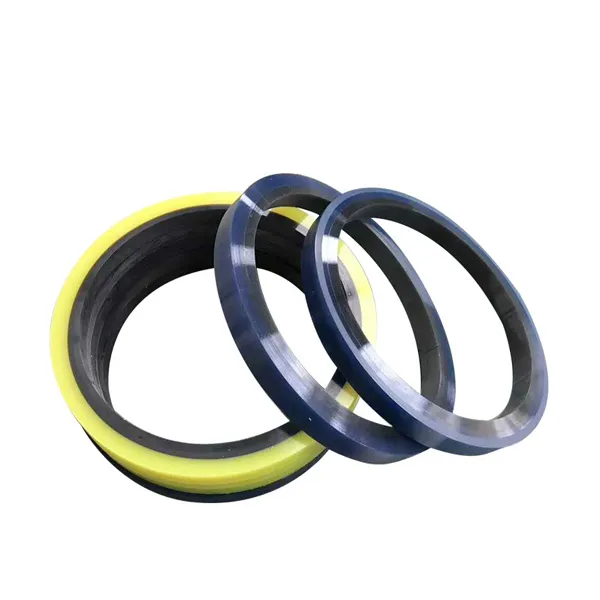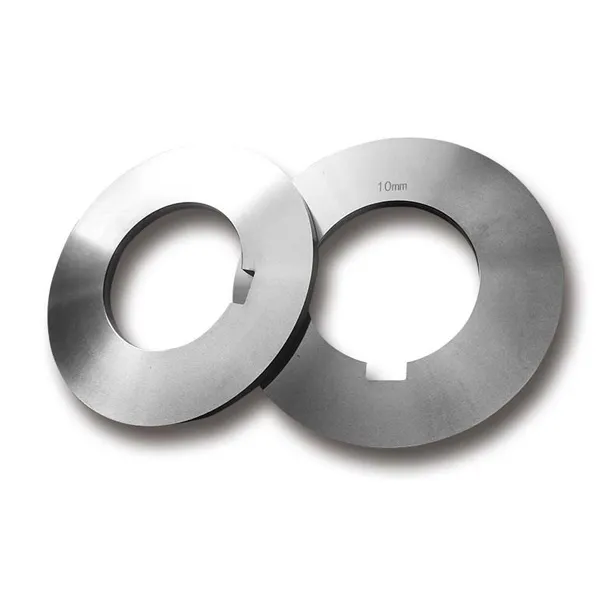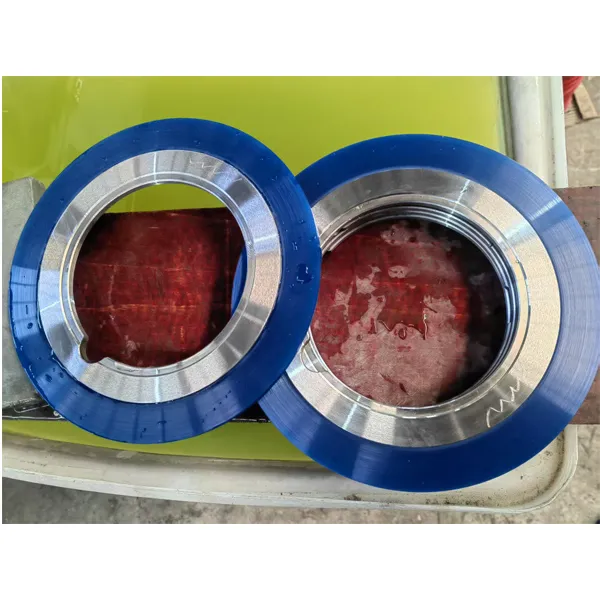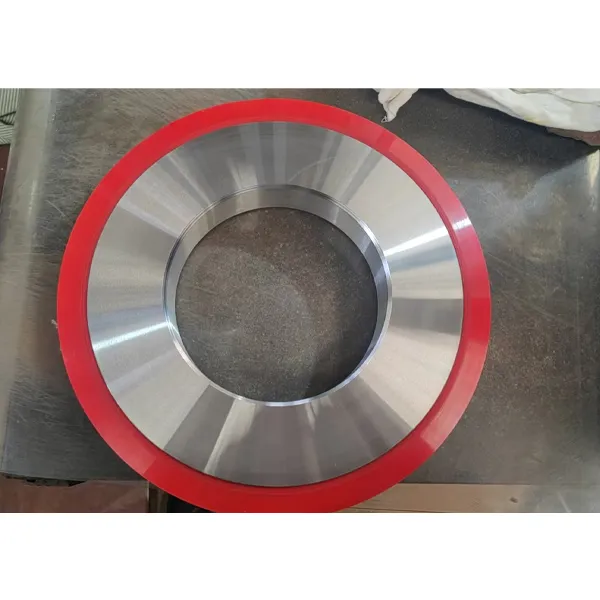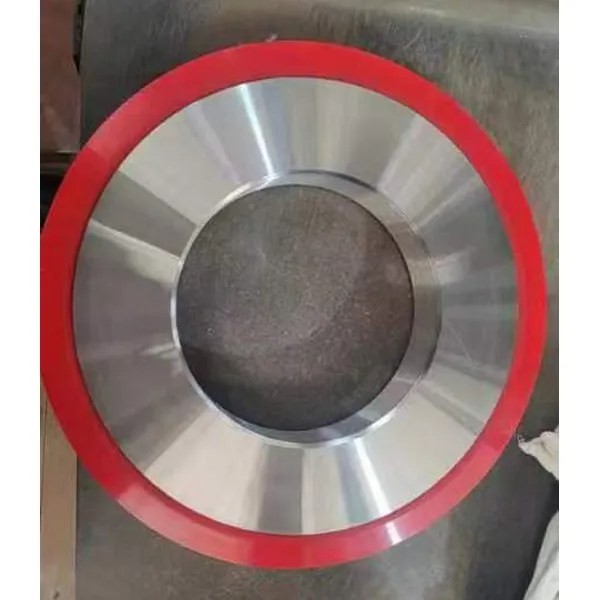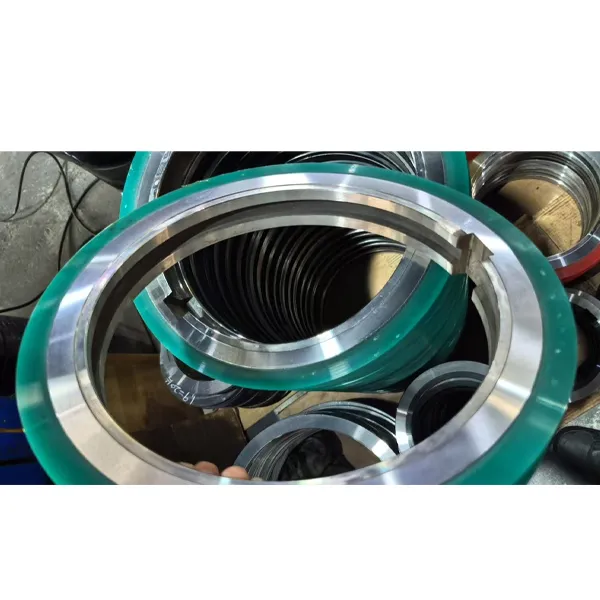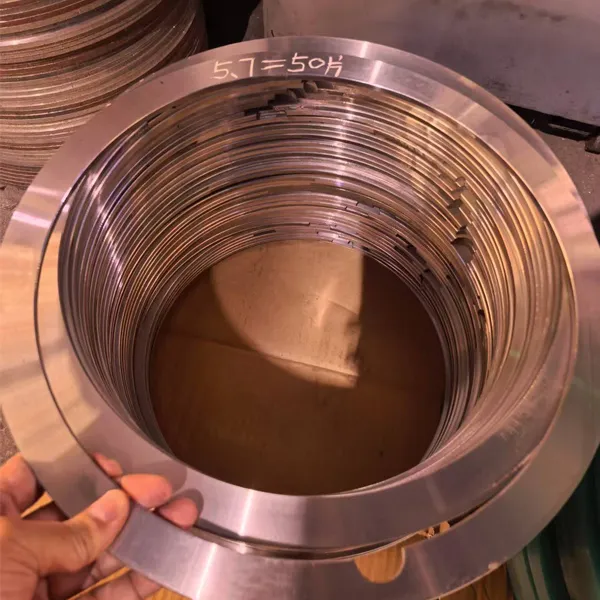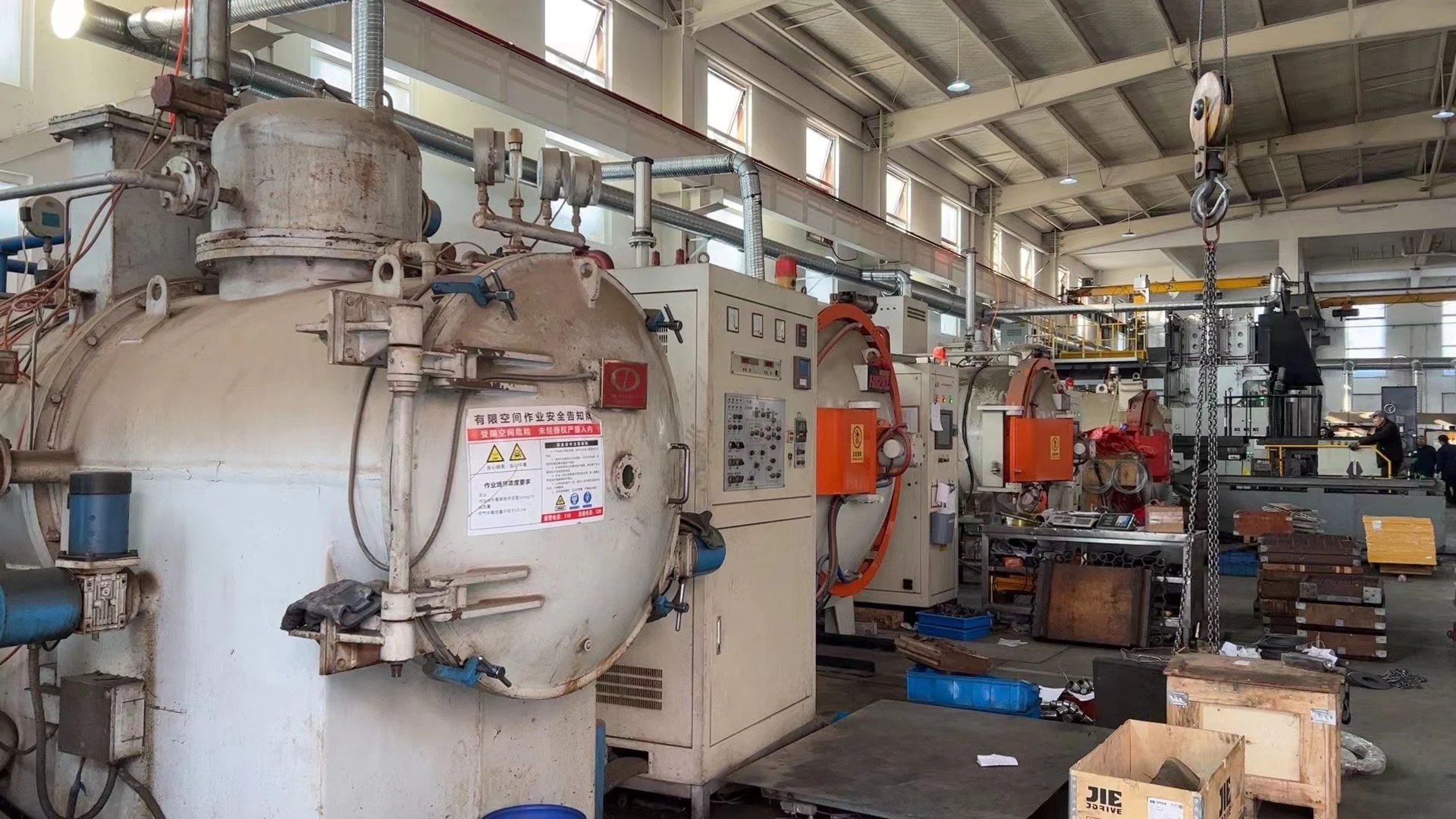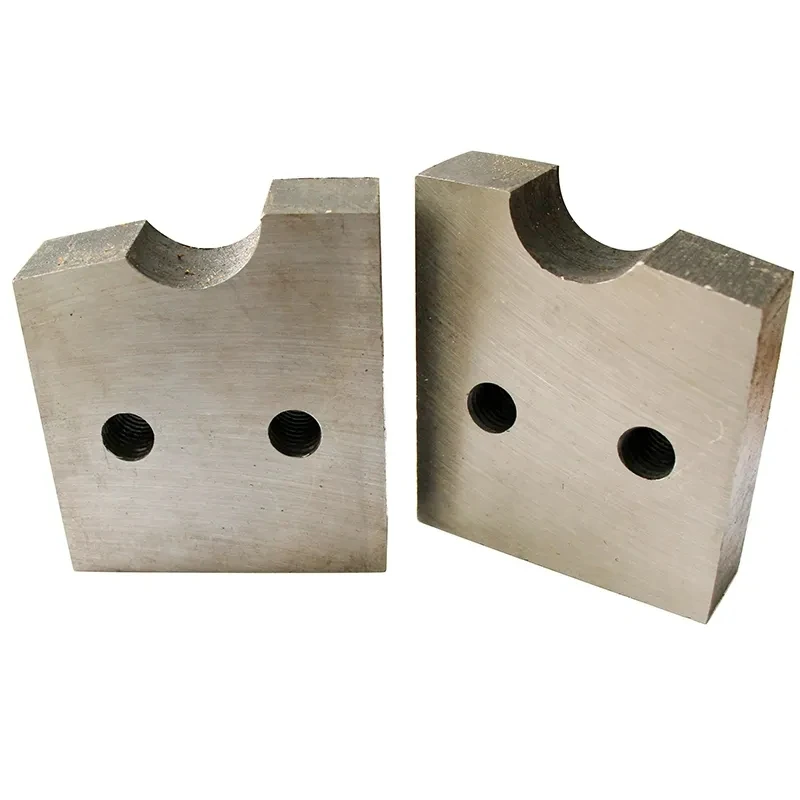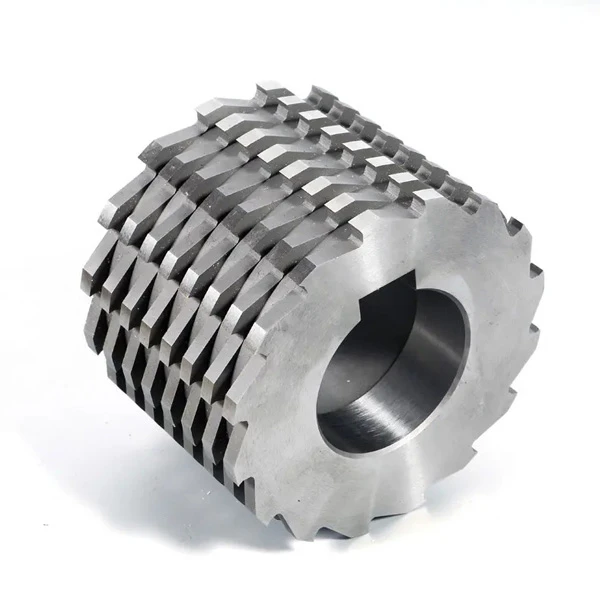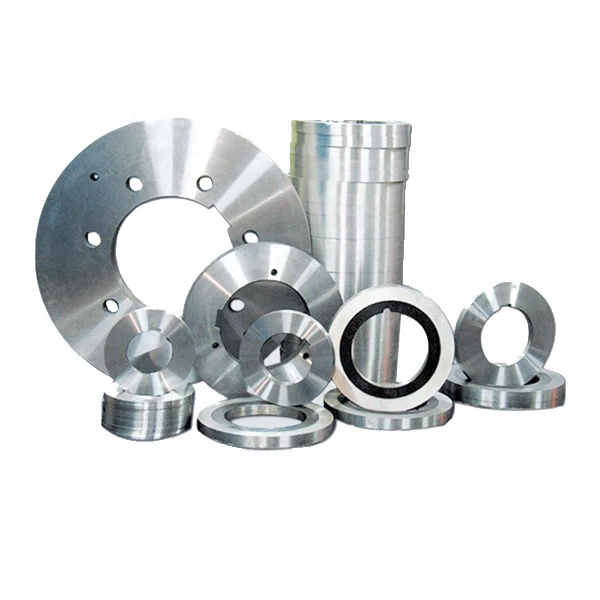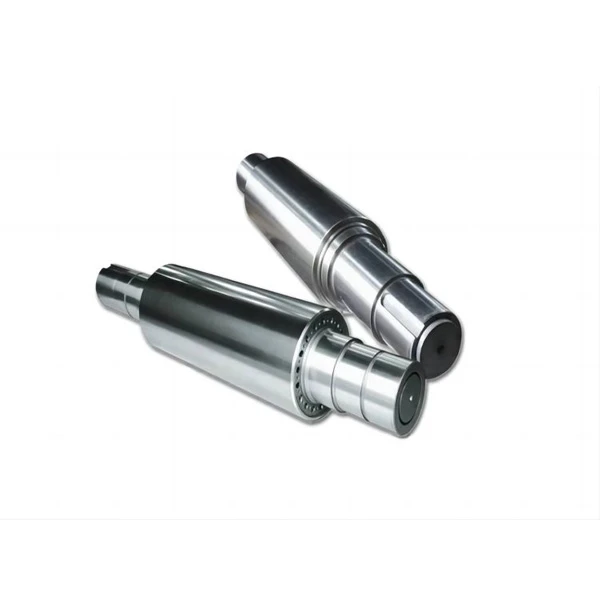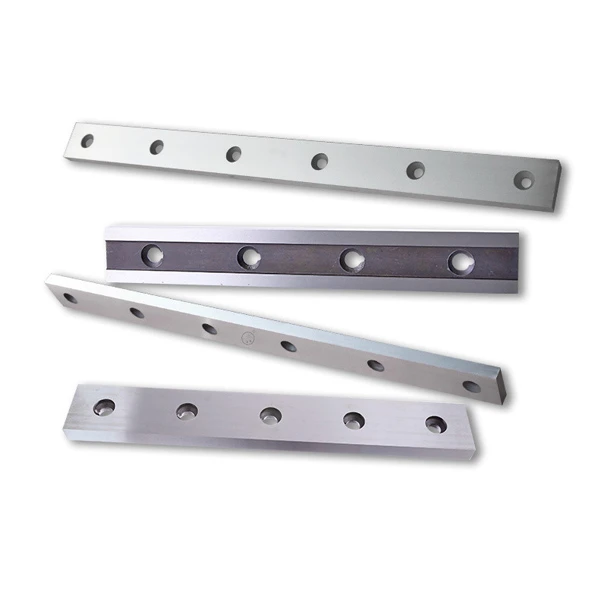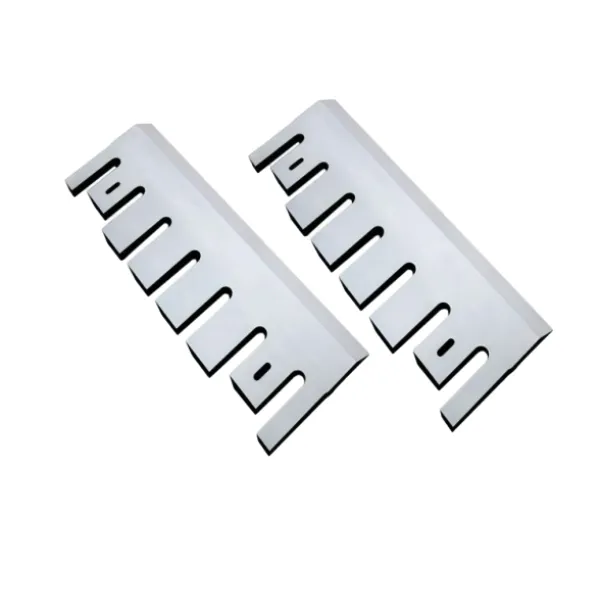- Tel: +86 15003285235
- Email: lena@industrialblades.cc
- Afrikaans
- Albanian
- Amharic
- Arabic
- Armenian
- Azerbaijani
- Basque
- Belarusian
- Bengali
- Bosnian
- Bulgarian
- Catalan
- Cebuano
- Corsican
- Croatian
- Czech
- Danish
- Dutch
- English
- Esperanto
- Estonian
- Finnish
- French
- Frisian
- Galician
- Georgian
- German
- Greek
- Gujarati
- Haitian Creole
- hausa
- hawaiian
- Hebrew
- Hindi
- Miao
- Hungarian
- Icelandic
- igbo
- Indonesian
- irish
- Italian
- Japanese
- Javanese
- Kannada
- kazakh
- Khmer
- Rwandese
- Korean
- Kurdish
- Kyrgyz
- Lao
- Latin
- Latvian
- Lithuanian
- Luxembourgish
- Macedonian
- Malgashi
- Malay
- Malayalam
- Maltese
- Maori
- Marathi
- Mongolian
- Myanmar
- Nepali
- Norwegian
Steel Mill Spacer
Metal processing: steel strip pickling process, steel strip longitudinal cutting process, stainless steel, automotive plate slitting using metal spacers, matched with precision gaskets to adjust gaps.
Core function: The spacer and gasket are used to control the spacing between the slitting blades and adjust the horizontal gap between the upper and lower blades, ensuring the accuracy of slitting width and cutting stability.
The adjustment methods include manually increasing or decreasing the thickness of the gasket or quickly adjusting the spacing through patented sliding components (such as sliding sleeves and positioning rods) to reduce downtime.
65Mn Spring Steel: High carbon spring steel with a hardness of HRC38-42, combining wear resistance and toughness, widely used in metal sheet slitting scenarios. The surface is treated with chrome plating or blackening to enhance rust resistance and adapt to high humidity or corrosive environments.
Alloy tool steel: such as Cr12MoV, 6CrW2Si, etc., suitable for high load shear scenarios (such as stainless steel, automotive plate slitting), with strong impact resistance, avoiding gap expansion caused by metal debris wear. It is necessary to cooperate with heat treatment processes such as vacuum quenching to ensure uniformity of hardness.
Rubber/polyurethane: used for slitting non-metallic materials (such as paper, film, non-woven fabric) to avoid scratching the surface of the material, and the encapsulation process can improve wear resistance. The thickness tolerance is ± 0.1mm, and it needs to be replaced regularly to maintain elasticity and sealing. The thickness range covers 0.8-150mm, and the tolerance is strictly controlled within ≤ 0.003mm to ensure assembly accuracy.
High molecular weight polymers, such as Teflon or wear-resistant plastics, are suitable for high temperatures or complex working conditions, reducing metal debris adhesion and extending service life.
Thickness tolerance: ≤ 0.003mm (metal spacer) or ± 0.1mm (rubber spacer).
Inner hole and outer circle fit: with a tolerance of ≤ 0.003mm to prevent vibration displacement during high-speed operation.
Surface treatment: Blackening treatment (rust prevention) or titanium plating (improving wear resistance).
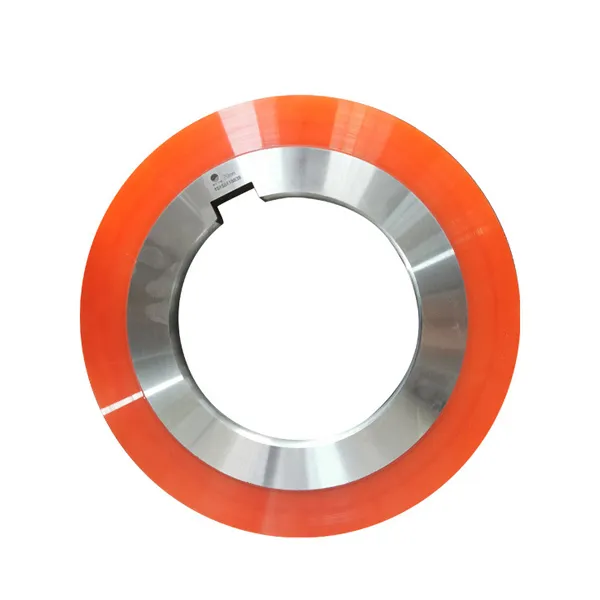
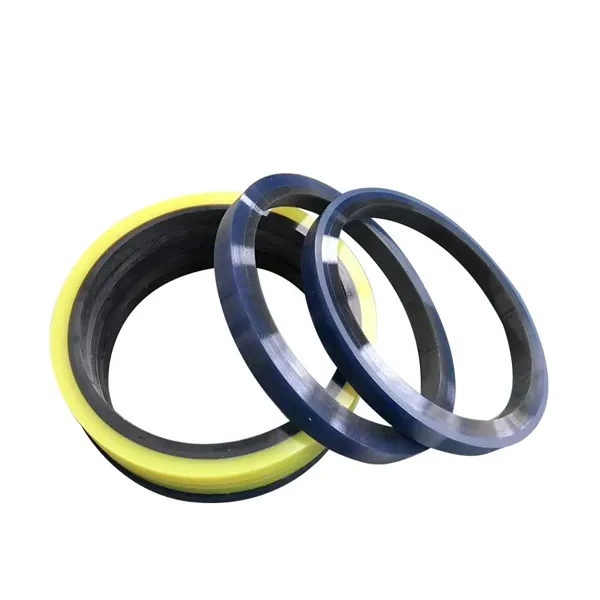
Chrome plating: enhances rust resistance and wear resistance, suitable for metal spacers.
Blackening treatment: improves rust prevention performance, commonly seen in the mating parts of knife shafts.
Gluing process: Rubber or polyurethane material surface is coated with glue to enhance wear resistance and impact resistance.
Metal plate slitting: 65Mn or alloy tool steel material spacers are preferred with a tolerance of ≤ 0.003mm to ensure wear resistance and assembly accuracy.
Non metallic material slitting: Choose rubber or polyurethane gaskets to protect the integrity of the material edges.
High temperature/high humidity environment: Made of polymer materials or chrome plated on the surface, suitable for complex working conditions.
Installation and adjustment: The total thickness of the blade stack should be ≤ 300mm, and the spacers should be arranged in the order of thickness to avoid cumulative errors affecting the slitting accuracy.
When using adjustment components (such as sliding sleeves and positioning rods) to quickly adjust the spacing, it is necessary to ensure the stability of the fit between the fixed column and the sliding groove.
Maintenance requirement: Regularly check the wear of the spacer surface. If there are obvious scratches or deformations, they need to be replaced to prevent deviation in the strip width.
Clean the remaining metal debris or glue between the blades to avoid equipment failure caused by jamming.
Note: The spacer and gasket are key components for strip accuracy and efficiency, and should be selected comprehensively based on material characteristics, operating conditions, and equipment requirements. The material of the spacer and gasket should be selected based on the strip material characteristics, equipment load, and environmental conditions to ensure strip accuracy and equipment stability.
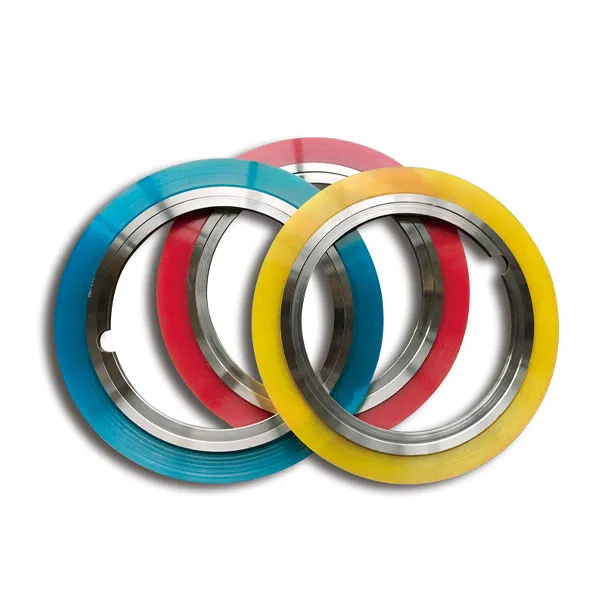
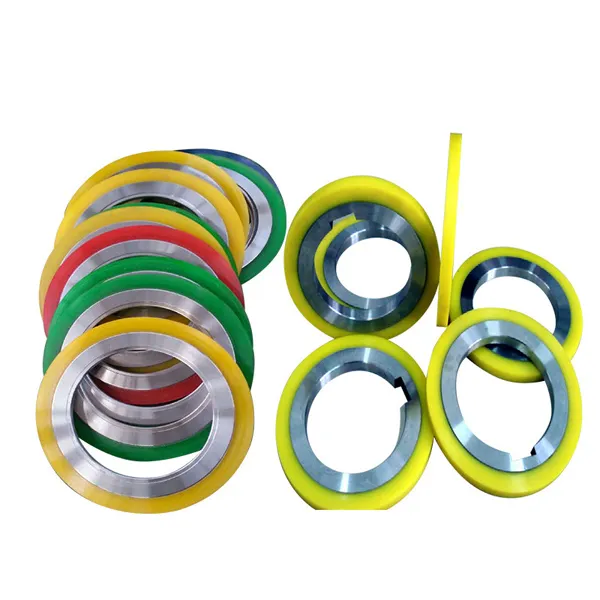
Durable Steel Mill Spacers for Enhanced Rolling Mill Efficiency
Our steel mill spacers feature advanced metallurgical compositions that resist deformation under heavy loads. The precision-machined surfaces and hardened contact areas provide reliable performance in demanding rolling conditions. Available in various configurations for different mill types, our spacers help maintain optimal roll gaps and prevent misalignment issues. These robust components are designed to reduce downtime and maintenance costs in steel production lines, offering superior wear resistance compared to standard spacer solutions.
Get Binsheng Blade Tech Tips
ISO 9001 insights: industry trends & blade guides

